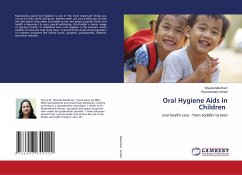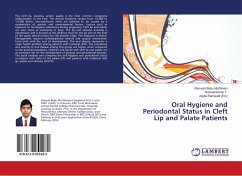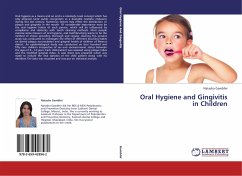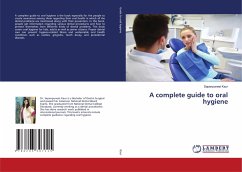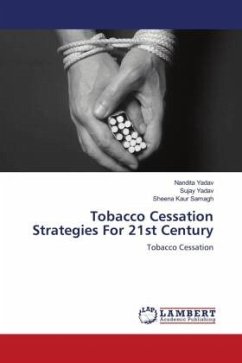
Information strategies on self performed Oral hygiene in Children
Comparative evaluation of different information strategies in detail
Versandkostenfrei!
Versandfertig in 6-10 Tagen
45,99 €
inkl. MwSt.

PAYBACK Punkte
23 °P sammeln!
The aim of the study was to investigate the effects of different patient information modules on self performed oral hygiene methods using manual and powered tooth brushes in a group of school children. The study included 200 (two hundred) school children in the age group of 8-11 years, belonging to same socioeconomic strata and were randomly divided into four main groups: Group I, those who did not attend any program. Group II, those who were supervised by their parents. Group III, those who were supervised by school teachers. Group IV, those who were supervised by Dentists.Each main group wou...
The aim of the study was to investigate the effects of different patient information modules on self performed oral hygiene methods using manual and powered tooth brushes in a group of school children. The study included 200 (two hundred) school children in the age group of 8-11 years, belonging to same socioeconomic strata and were randomly divided into four main groups: Group I, those who did not attend any program. Group II, those who were supervised by their parents. Group III, those who were supervised by school teachers. Group IV, those who were supervised by Dentists.Each main group would further be divided into two sub groups, (a) Those using manual tooth brushes, (b) Those using powered tooth brushes.The knowledge of dental hygiene and practices was imparted to group II, III, & IV at different intervals through separate education modules.The results were then evaluated using KAP, Plaque index and Gingival Index. The change in KAP, PI and GI helped us to statically adjudge the best information strategy on self performed oral hygiene in school children.




